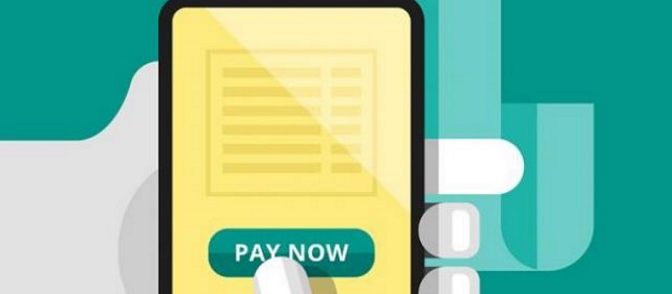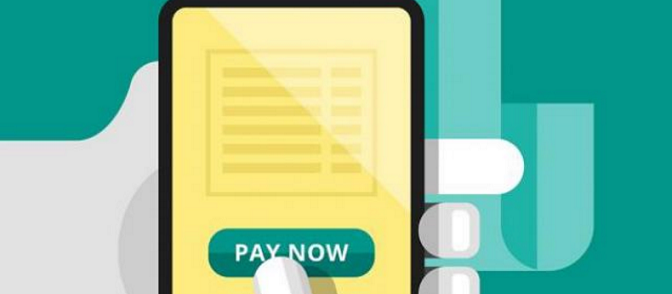
 The future of banking is, quite literally, in the hands of customers, on phones and tablets. The last to realise this are the ones with the most to lose or gain: the banks themselves.
The future of banking is, quite literally, in the hands of customers, on phones and tablets. The last to realise this are the ones with the most to lose or gain: the banks themselves.
What if you never again had to shuffle between dividers at your local bank, or even log on to its website, to transact ordinary business? What if you could manage day-to-day account activity on your smartphone through Facebook? Apply for a loan on Twitter? Perform one-click money transfers to your Facebook friends and LinkedIn contacts? It may surprise you to know that each of these services is available right now, somewhere in the world. If these innovations haven’t reached you yet, it could be because many leading banks are apparently sleepwalking through the early stages of their industry’s digital revolution.
Last year in the United States, more bank branches shut down than ever before due mainly to the surging popularity of digital banking. According to one banking advisor, U.S. customers are using branches 85 percent less than they did 20 years ago. Though bricks-and-mortar banking will survive in one form or another, it’s clear that the 20th-century industry model cannot withstand the onslaught of the Internet. The question of whether or not to digitise has long been settled; the current challenge for incumbents is to recognise that the future of the industry is no longer in their hands but is, quite literally, in the hands of customers, on their smartphones.
The Changing Customer
Banking is hardly the only industry going through an existential change right now. The Internet has made for a far more savvy and assertive customer, empowered by a plethora of readily available market choices, who is not shy about broadcasting preferences via social media. In many industries, companies’ digital execution still trails their ambition, but banking is somewhat unique in seemingly failing to take stock of what matters to customers.
A recent Capgemini Global Financial Services survey asked bankers and customers to name the social media banking functionalities most important to them. The data revealed some surprising asymmetries: Customers placed the greatest importance on getting access to account information, a functionality available to only 0.1 percent of them. On the 1-to-5 importance scale Capgemini used, customers rated bill payments 1.5 points higher than the banks. Instead, banks primarily viewed social media as a portal for basic product information and customer service, with more than half of banks saying they had no plans to offer access to account information through social networks, and more than 40 percent reporting they wouldn’t enable social media transactions. (In the United States and other regions, security and regulatory concerns have certainly played a role in impeding broader social media adoption).
Of all functionalities, social collaboration was the least important to customers, yet it was the most widely available.
The “Omni-Channel” Approach
Ironically, if banks were indeed effectively leveraging social media as a collaboration tool, they would probably have known their customers’ preferences better. Their alienation from customers suggests that without a strategic digital approach driven by the larger brand and business strategy, even basic tools don’t function optimally. The way to winning and retaining customers is through an “omni-channel” approach incorporating digitisation along the entire customer journey. This includes mobile apps and all relevant social networks as well as physical facilities. Even Generation Y still wants to walk into a branch sometimes.
In a previous post, I likened social media strategy to planning a party: Its success will be determined by the experience of the guests (i.e., brand followers), which in turn is determined by how well each element of the party – the theme, setting, invitees, etc. – is executed and coordinated with the other elements. A good party must be holistic and inclusive, not opportunistic and self-serving. You could extend the party-planning comparison to cover the entire digital realm, not just social media. Omni-channel digitisation is the best way to re-align the banking industry with the best interests of its customers by creating added value. It should not be thought of from the beginning as a money-making machine. It’s about creating outstanding customer experiences – across multiple channels.
Innovation, Here and There
Right now, the banking industry presides over an uneventful party, with a few highly localised exceptions. For example, ASB Bank of New Zealand set up a “Virtual Branch” on Facebook allowing users throughout the world (not just ASB customers) to connect with real support specialists during working hours. In December 2013, Royal Bank of Canada became the first North American institution to integrate mobile person-to-person Facebook payments. Deniz Bank in Turkey, Commonwealth Bank of Australia, and ICICI Bank in India have been ahead of the pack in bringing account management capabilities to Facebook.
But it isn’t only about social media, or any single platform. When it comes to offering a holistic digital retail banking experience, we see a broad spectrum of sophistication ranging from beginners to best-in-class performers. My next post will travel along this spectrum, spotlighting the few institutions that are raising the bar for the rest (the names may surprise you). For now, one hint: It isn’t technology but strategy — their commitment to adding value for the customer — that sets them apart. Banks that lack this quality and remain enamoured of winding queues may find themselves at a terminal standstill in the years ahead.
Written by Joerg Niessing,Affiliate Professor of Marketing at INSEAD.
